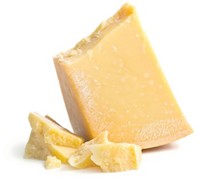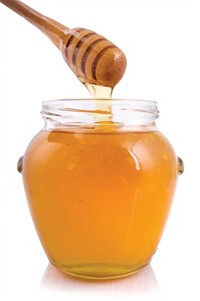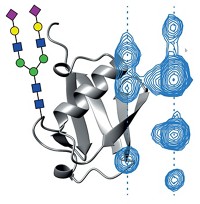Advertisement
Grab your lab coat. Let's get started
Welcome!
Welcome!
Create an account below to get 6 C&EN articles per month, receive newsletters and more - all free.
It seems this is your first time logging in online. Please enter the following information to continue.
As an ACS member you automatically get access to this site. All we need is few more details to create your reading experience.
Not you? Sign in with a different account.
Not you? Sign in with a different account.
ERROR 1
ERROR 1
ERROR 2
ERROR 2
ERROR 2
ERROR 2
ERROR 2
Password and Confirm password must match.
If you have an ACS member number, please enter it here so we can link this account to your membership. (optional)
ERROR 2
ACS values your privacy. By submitting your information, you are gaining access to C&EN and subscribing to our weekly newsletter. We use the information you provide to make your reading experience better, and we will never sell your data to third party members.
Environment
Keeping Tabs On Honey
September 1, 2008
| A version of this story appeared in
Volume 86, Issue 35
Nuclear magnetic resonance spectroscopy can be used to distinguish between different types of honey, as well as identify the natural sweetener's region of origin, according to Roberto Consonni and Laura R. Cagliani of Italy's National Research Council (J. Agric. Food. Chem. 2008, 56, 6873). Developing new techniques to analyze honey and other products is key to European Union efforts to control the quality and authenticity of foods and beverages. Using 1H NMR and statistical methods to analyze the spectra, the researchers found that they could differentiate between acacia and polyfloral types of honey by the higher fructose and sucrose content of acacia honey. They also found that Argentinean honeys contain more of the aromatic amino acids phenylalanine and tyrosine compared with Italian or Hungarian samples. Using 13C NMR, Consonni and Cagliani found that ratios of fructose and glucose tautomeric isoforms can be used to identify the geographic origin of honey samples. The NMR results combined with simple sample preparation could make the spectroscopic technique a valuable alternative to time-consuming methods such as pollen analysis for studying honey, the authors note.





Join the conversation
Contact the reporter
Submit a Letter to the Editor for publication
Engage with us on Twitter